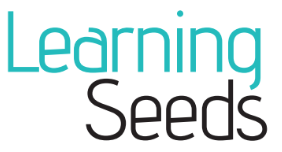
Engaging Solutions
Children who explore comfortably play in proximity to peers. They do not bolt from the environment. They go from manipulating a variety of objects and materials to planning, pretending, and using objects to act out complex ideas.
Imagine a classroom where engagement problems are solved.
Children who interact share reactions and exchange expressions with peers. They follow norms like singing with the group. They respond to bids for attention and have basic conversations. They correctly seek help, and say “no” verbally rather than physically.
Children who share thinking can take the perspective of others. They tolerate and enjoy pretending with objects and roles. They can think about the past and present to plan for the future. They have a sense of self-identity, and can also identify with the group.
Engagement is what we value most during open-ended play times when children are given the most choice and independence.
“Behavior problems” become teachable moments when we view them through a lens of optimism and agency.
The Milestones of Engagement
To set engagement goals and track a child’s progress, the Learning Seeds Enlightened Shadow team uses our Milestones of Engagement framework, consisting of seven major experiential categories that emerged from our own examination of our daily practice with children.



















